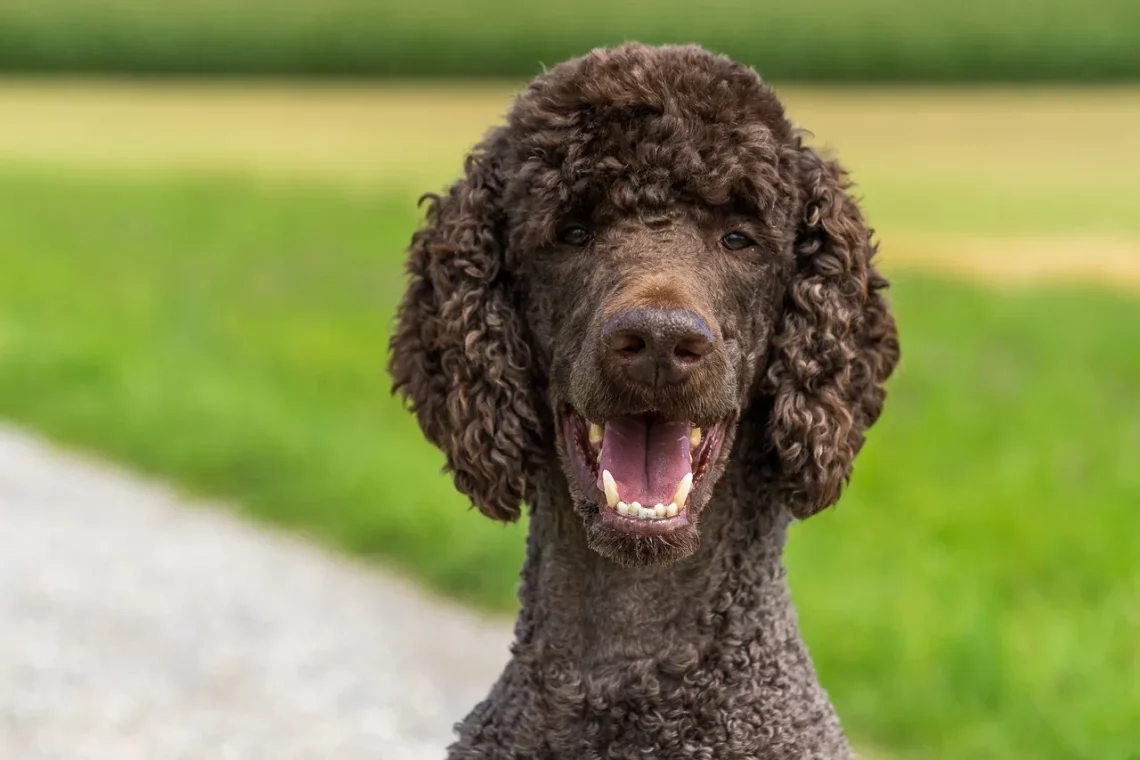
Understanding the Price Range for Standard Poodles Explained
Understanding the Price Range for Standard Poodles Explained
When considering the purchase of a dog, prospective owners often find themselves grappling with various factors, not least of which is the price. Standard Poodles, known for their intelligence, elegance, and hypoallergenic coats, are increasingly becoming a popular choice among dog lovers. However, the cost associated with acquiring a Standard Poodle can vary significantly based on numerous elements. Understanding the components that contribute to the price can help potential owners make informed decisions.
In the world of canine companions, price isn’t merely a reflection of the breed’s popularity; it’s influenced by genetic lineage, breeder reputation, geographic location, and even the dog’s age and training. Each of these factors plays a crucial role in determining how much you might expect to pay for a Standard Poodle. Additionally, the long-term financial commitment that comes with dog ownership should not be overlooked. From grooming to veterinary care, the costs can add up quickly, making it essential to have a comprehensive understanding of what you’re getting into when you decide to welcome a Standard Poodle into your home.
Factors Influencing the Cost of Standard Poodles
When evaluating the price of a Standard Poodle, several key factors come into play. Firstly, the breeder’s reputation and the quality of their breeding practices can significantly impact the cost. Reputable breeders often invest considerable time and resources into ensuring that their dogs are healthy, well-socialized, and free from genetic disorders. As a result, puppies from such breeders may come with a higher price tag due to the assurance of quality and health.
Another influential factor is the lineage of the puppy. Puppies sired by champion dogs or those with a prestigious pedigree often command higher prices. This is because potential owners may seek these dogs for show purposes or breeding, viewing them as an investment. Additionally, the geographical location of the breeder can affect prices. In areas where demand for Standard Poodles is high, breeders may charge more.
Furthermore, the dog’s age can influence the price. Younger puppies tend to be more expensive than older dogs, as many buyers prefer the idea of raising a dog from a young age. However, older dogs may also be available at a reduced price, especially if they are being rehomed for various reasons. It’s worth noting that while the initial purchase price is important, prospective owners should also consider the long-term costs associated with dog ownership.
Initial Costs vs. Long-Term Expenses
When budgeting for a Standard Poodle, it’s essential to differentiate between the initial purchase cost and the long-term financial responsibilities that come with dog ownership. The initial cost includes the price of the puppy, which can range from moderate to high, depending on the factors previously mentioned. In addition to the purchase price, new owners should also consider additional expenses like vaccinations, microchipping, and initial grooming, which can add several hundred dollars to the initial outlay.
However, the long-term expenses are where many new dog owners may underestimate their financial commitment. Standard Poodles require regular grooming due to their curly coats, which can necessitate professional grooming sessions every four to six weeks. This can lead to a significant annual cost. Additionally, the routine veterinary care, including vaccinations, annual check-ups, and unexpected health issues, should also be factored into the budget.
Food is another ongoing expense that can vary based on the dog’s size, dietary requirements, and the quality of food chosen. High-quality dog food can be more expensive but is essential for maintaining the dog’s health. Furthermore, owners should also account for training classes, pet insurance, and supplies such as toys, leashes, and bedding, all of which contribute to the overall cost of ownership.
Adoption vs. Purchase: Cost Considerations
Another important aspect to consider when looking into acquiring a Standard Poodle is whether to adopt from a rescue organization or purchase from a breeder. Adoption fees at shelters are generally lower than buying from breeders, often ranging from minimal fees to several hundred dollars. These fees usually cover initial vaccinations, spaying or neutering, and sometimes microchipping. Adopting an older dog may also come with the added benefit of having a dog that is already trained and socialized, potentially reducing initial costs related to training and adjustments.
However, adopting a dog may come with its own set of challenges. Rescue dogs may have unknown health histories or behavioral issues that can lead to additional costs down the line for veterinary care or training. In contrast, purchasing from a reputable breeder may provide more assurance regarding the dog’s health and temperament, albeit at a higher upfront cost.
Ultimately, the choice between adoption and purchase should align with the owner’s lifestyle, budget, and personal philosophy regarding animal care. Both avenues can lead to a fulfilling companionship, but understanding the financial implications of each is crucial for responsible pet ownership.
Regional Pricing Variations
The geographical area in which you live can have a significant impact on the cost of Standard Poodles. In urban areas where demand for various dog breeds is high, prices may be elevated due to competition and the costs associated with running a breeding business in a city environment. Conversely, in rural areas, prices might be lower, as breeders may have reduced overhead costs and less competition.
Additionally, regional differences in cost of living can affect the prices of dogs. Breeders in more affluent areas might charge more for their puppies, not necessarily because the dogs are of higher quality, but because the local market supports higher price points. Conversely, in regions where the cost of living is lower, breeders may sell their puppies at more affordable rates.
Moreover, local laws and regulations regarding breeding and pet ownership can also influence prices. In areas with strict breeding regulations, breeders may face higher costs to comply with legal standards, which can be passed on to the consumer. Therefore, it is important for prospective owners to conduct thorough research on local breeders and the associated costs in their specific area.
In summary, understanding the price range for Standard Poodles involves considering multiple factors, including the breeder’s reputation, the dog’s lineage, and regional pricing variations. By taking a comprehensive approach to budgeting and understanding the costs of dog ownership, potential owners can make informed decisions that align with their lifestyle and financial situation.
This article is intended for informational purposes only and does not constitute medical advice. For health concerns regarding pets or any other related issues, it is always best to consult with a qualified veterinarian.




